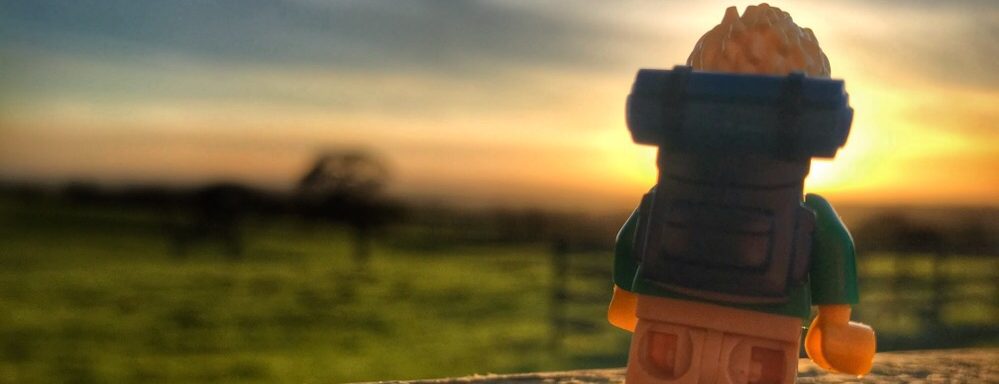
I wasn’t going to post “that” picture of The Momo Challenge. But I loved this thread from Jim Waterson, the Media Editor from The Guardian. (Click the text below to open up more in Twitter)
Among various things:
— Jim Waterson (@jimwaterson) February 28, 2019
1) A feedback loop with schools/police reading stories, issuing warnings, creating more stories
2) Mirror quoting an unsourced 130 Russian deaths figure from a previous hoax
3) Fake YouTube claims sourced to a Hull primary school
4) Kids now genuinely scared
A lot of this relies on people believing their local school or police force knows what they’re talking about when it comes to the internet. Unfortunately most don’t have a clue and are sending letters to parents warning of non-existent issues like YouTube videos being “hacked”.
— Jim Waterson (@jimwaterson) February 28, 2019
If you read nothing else, please read this from the article:
The UK Safer Internet Centre called the claims “fake news”. And YouTube said it had seen no evidence of videos showing or promoting the Momo challenge on its platform.
theguardian.com
The NSPCC said there is no confirmed evidence that the phenomenon is actually posing a threat to British children and said they have received more phone calls about it from members of the media than concerned parents.
A Samaritans spokesperson was similarly sceptical, saying: “These stories being highly publicised and starting a panic means vulnerable people get to know about it and that creates a risk.”
It does feel we are reaching some sort of feedback loop stage of this whole thing. Basically freaked out adults, are talking to their kids, and accidently freaking them out in the process.
Maybe The Momo Challenge is actually about how many kids could get accidentally freaked out by creepy lady with big eyes?
